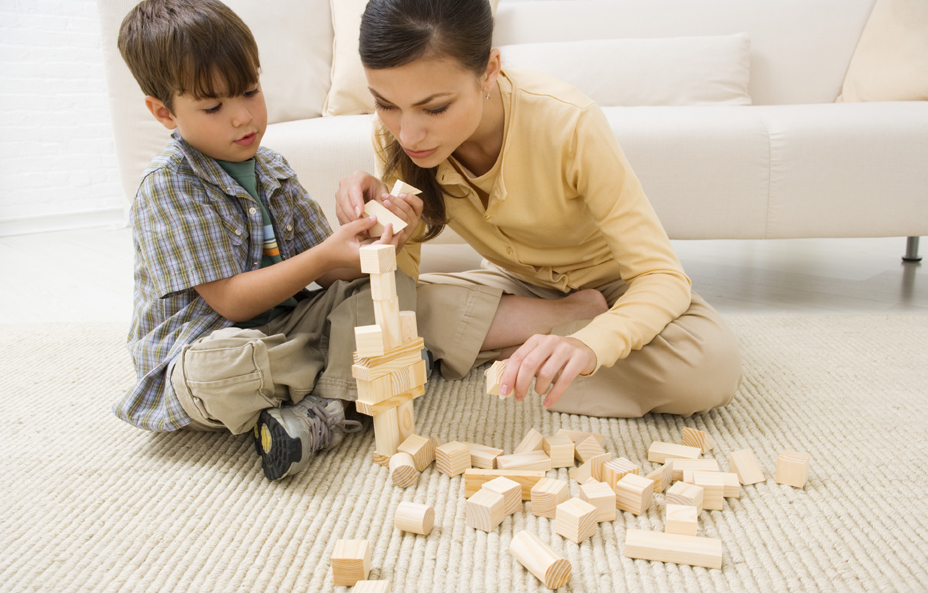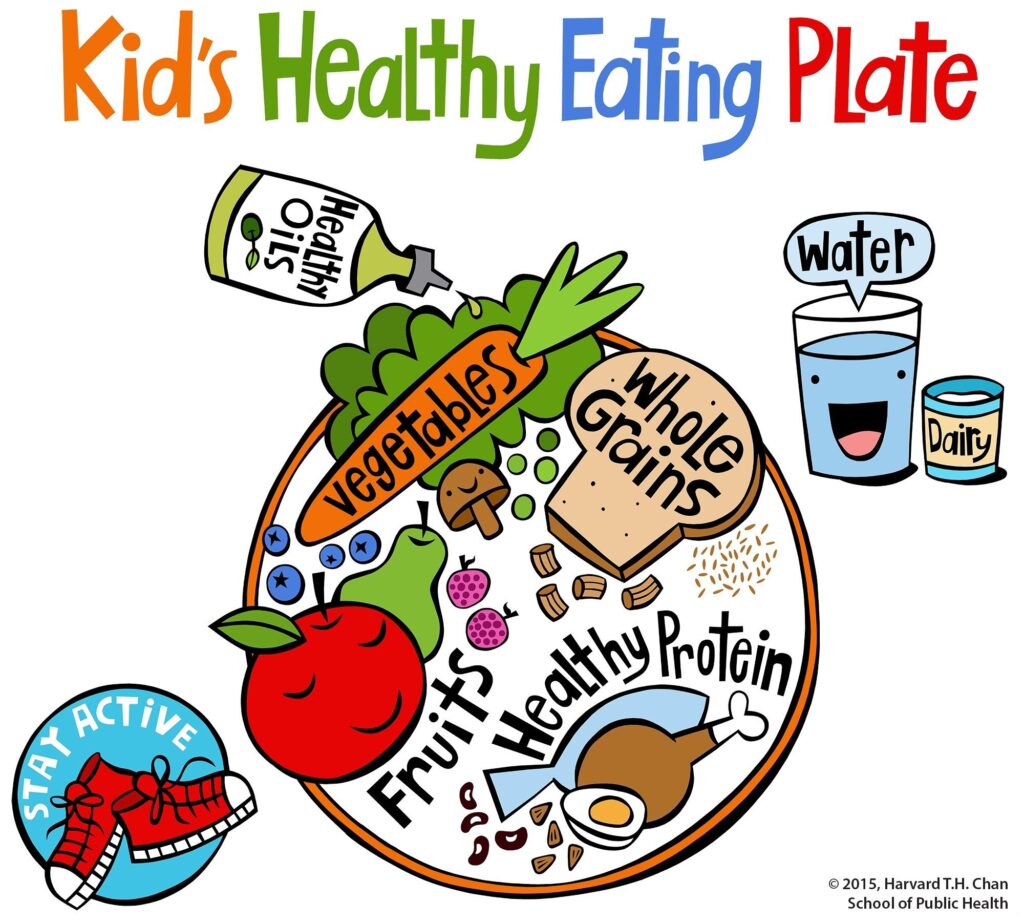Scientists Reveal the Real Effects of Being an Only Child: No Siblings, No Problem? That’s the real question. Growing up solo—not having any brothers or sisters—doesn’t make you weird or unlucky. In fact, growing research says it’s different, not deficient. From academic boosts to social smarts, only children can shine—if their families set them up right. Here’s the full story, broken down so a 10-year-old in Tucson and a child-development specialist in Atlanta both walk away with useful insight.
Scientists Reveal the Real Effects of Being an Only Child
Only children aren’t missing something—they just grow up differently. With verbal strengths, cognitive edge, rich emotional bonds, and strong prosocial tendencies, they have plenty going for them. Like all kids, they face challenges—such as obesity risk, social isolation, parentification, and future caregiving stress. But the secret isn’t in having siblings—it’s in providing loving, structured parenting, healthy routines, space for emotion and play, and forward planning. Do that, and only children can absolutely thrive socially, academically, emotionally, and throughout their entire life—from playground to parenthood.

| Aspect | Only‑Child Trend | Pro Insight / Source |
|---|---|---|
| Academic & Verbal Skills | Better verbal & cognitive performance | Toni Falbo meta-analysis |
| Memory, Language & Well‑being | Stronger memory, language skills & life satisfaction | Nature Human Behavior study |
| Prosocial Behavior | More empathetic, generous, cooperative | Nature research |
| Overweight/Obesity Risk | 40–400% higher rates among only children | WHO & CDC data |
| Parentification Risks | Taking on adult roles too young can affect mental health | Verywell Mind & research |
| Social Isolation in Adulthood | Reduced sibling interaction may contribute to loneliness | Cognitive health research |
| Caregiving & Sandwich Generation | Greater emotional & financial load caring for parents | The Gerontologist & Univ. Missouri |
| Parenting Quality | Parenting style matters more than number of siblings | APA & Parents.com |
| Official Data | CDC Childhood Obesity Facts | CDC Childhood Obesity |
Why Scientists Reveal the Real Effects of Being an Only Child Topic Matters?
Being an only child brings all the parental attention, but it also means missing out on sibling interaction. That observation has triggered decades of stereotypes: only children are lonely, spoiled, or socially awkward. But thanks to modern research—and big data—those myths don’t hold up. The real truth? It depends on factors like parenting quality, physical activity, and social opportunities.
In this article, you’ll find:
- Solid science from high-authority sources like APA, WHO, Nature Human Behavior, CDC
- Practical advice and step-by-step guides
- Real-life scenarios, personal mindset tips, and urban/rural comparisons
- A friendly, conversational tone that keeps things approachable—but also authoritative and trustworthy

1. Why Only-Children Often Outperform
a) Verbal & Cognitive Advantages
Research led by child psychologist Toni Falbo, culminating in a meta-analysis of over 100 peer-reviewed studies, found that only children consistently outperform peers in verbal abilities, academic achievement, and parent–child closeness .
Why? The undivided attention from parents often means more frequent and richer conversations, greater access to resources, and tailored learning opportunities. That boosts language skills and cognitive development—especially in early childhood, when the brain is most receptive.
Example: Jamie, a 7-year-old only child in a small town, was reading full-chapter books by age six after daily storytime and dedicated mentorship from one parent—no noisy sibling distractions, just focused learning.
b) Enhanced Memory, Language, and Well-Being
In a large study published in Nature Human Behavior, 7,186 individuals aged 18 to 30 (spanning multiple continents, including the U.S.) showed that only children had higher scores in memory and language tests, and also higher life satisfaction .
That sense of life satisfaction isn’t trivial. It reflects emotional confidence rooted in sustained parental support and stable environments—big factors in long-term mental health.
c) Empathy and Prosocial Behavior
Surprising to some, the “spoiled only child” stereotype doesn’t hold. A Nature study reported that, under the right conditions—like empathetic parenting and opportunities to help—only children often demonstrate greater empathy, sharing behavior, and group cooperation than kids with siblings .
Practical example: Ethan, a 10-year-old only kid in Dallas, volunteers weekly at a local food pantry after his mom sets it up as a monthly family tradition. That builds real-world kindness and teamwork.
2. Challenges and Health Risks
a) Higher Obesity Rates
Global data shows the % of young people who are overweight or obese rose from 8% in 1990 to 20% in 2022 . Research suggests only children are 40–400% more likely than siblings to face this risk .
Reasons include:
- Lack of sibling-driven active play
- Screen-based entertainment instead of sports
- Lack of meal regulation and portion guidance
- Less peer-motivated outdoor activity
In rural homes in India or small U.S. towns, that means more screen time if parents aren’t proactive. In cities, it often manifests in unhealthy takeaway routines if parents rely on convenience meals.
b) Parentification: Childhood Responsibilities Too Soon
Some only children step in to manage household chores, look after elderly grandparents, or offer emotional support to stressed parents—roles too big for their age. Psychologists label this “parentification,” which may lead to anxiety, perfectionism, resentment, or diminished self-esteem .
Example: Lily, a 12-year-old urban-only child, took on her younger cousin’s bedtime routine while her parents worked. She ended up feeling overwhelmed and unable to relax in her own home.
c) Social Isolation and Long-Term Loneliness
Without siblings offering built-in social interaction at home, some only children have fewer early experiences practicing conflict resolution, persistence in sibling rivalry, and daily peer interactions. That can lead to social isolation in adolescence or adulthood, which negatively impacts emotional health and even cognition—some studies link isolation with early cognitive decline .

3. Adult Realities: Caregiving Burden and Sandwiched Stress
a) On Your Own with Aging Parents
In adulthood, only children often face sole responsibility for eldercare, with no siblings to share the emotional, legal, and financial load. Studies in The Gerontologist and from the University of Missouri highlight how this increases stress and reduces retirement savings .
What’s more: no sibling means no backup during crises. That can force onlies to make tough caregiving choices single-handedly—while also managing their own families and jobs.
b) The Sandwich Generation
Add raising kids to caring for aging parents, and you become part of the “sandwich generation.” Professionals in psychology and social work report these individuals often show higher rates of anxiety, burnout, and cardiovascular issues .
c) Planning Smart from the Get-Go
Experts from Reuters, NYT, and eldercare networks recommend early preparation:
- Tracking family medical history
- Creating or updating wills and living wills
- Researching long-term care policies early
- Maintaining career stability and flexible work arrangements
- Building a support network (friends, paid caregivers, community groups)
4. A Pro Guide to Raising a Well-Rounded Only Child
Here’s a clear step-by-step plan for parents, educators, and professionals:
Step 1 – Encourage Daily Physical Activity
- Aim for at least 60 minutes daily: walk, run, swim, bike, or dance
- Join local sports teams, scouts, dancing classes, or martial arts
- Turn screen time into “screen swaps”—replace video games with outdoor puzzles, scavenger hunts, or gardening
Step 2 – Prioritize Balanced Nutrition
- Design meals with fruits, veggies, whole grains, and lean proteins
- Cook together—only children involved in cooking eat better
- Schedule regular mealtimes and snack breaks to manage portions
- Avoid constant snacking with a plate-first, no-double-helpings rule

Step 3 – Build Social and Emotional Learning
- Host structured playdates with two or more children
- Use role-play: sharing, apologies, asking for turns
- Point out emotions and coach children (“I see you’re feeling frustrated—what do you need?”)
Step 4 – Prevent Parentification
- Assign age-appropriate tasks: making the bed, clearing dishes
- Refrain from offloading adult chores like eldercare or emotional labor
- Encourage kids to speak freely but not solve adult problems
- Schedule kid-only space and time each day
Step 5 – Enhance Parent–Child Bonding
- Hold daily “check-in” sessions—talk about school, friends, wins, or fears
- Have weekly fun “date days” like climbing a hill, baking cookies, or trying a new recipe
- Share stories of your own childhood mistakes and wins
Step 6 – Crowdsource Support and Early Planning
- Connect with other single-child families to share parenting insights
- Familiarize yourself with eldercare options, caregiver laws, and community support
- Build a network: teachers, coaches, extended family, therapists
- Discuss parental health and legacy plans early
Dailyhunt Parent VerSe To Lay Off 350 Employees This Month – Check What It Means!
Feeling the Squeeze? 10 Smart Financial Moves to Survive Economic Uncertainty
8 Proven Strategies to Stay Financially Afloat When Times Get Tough











